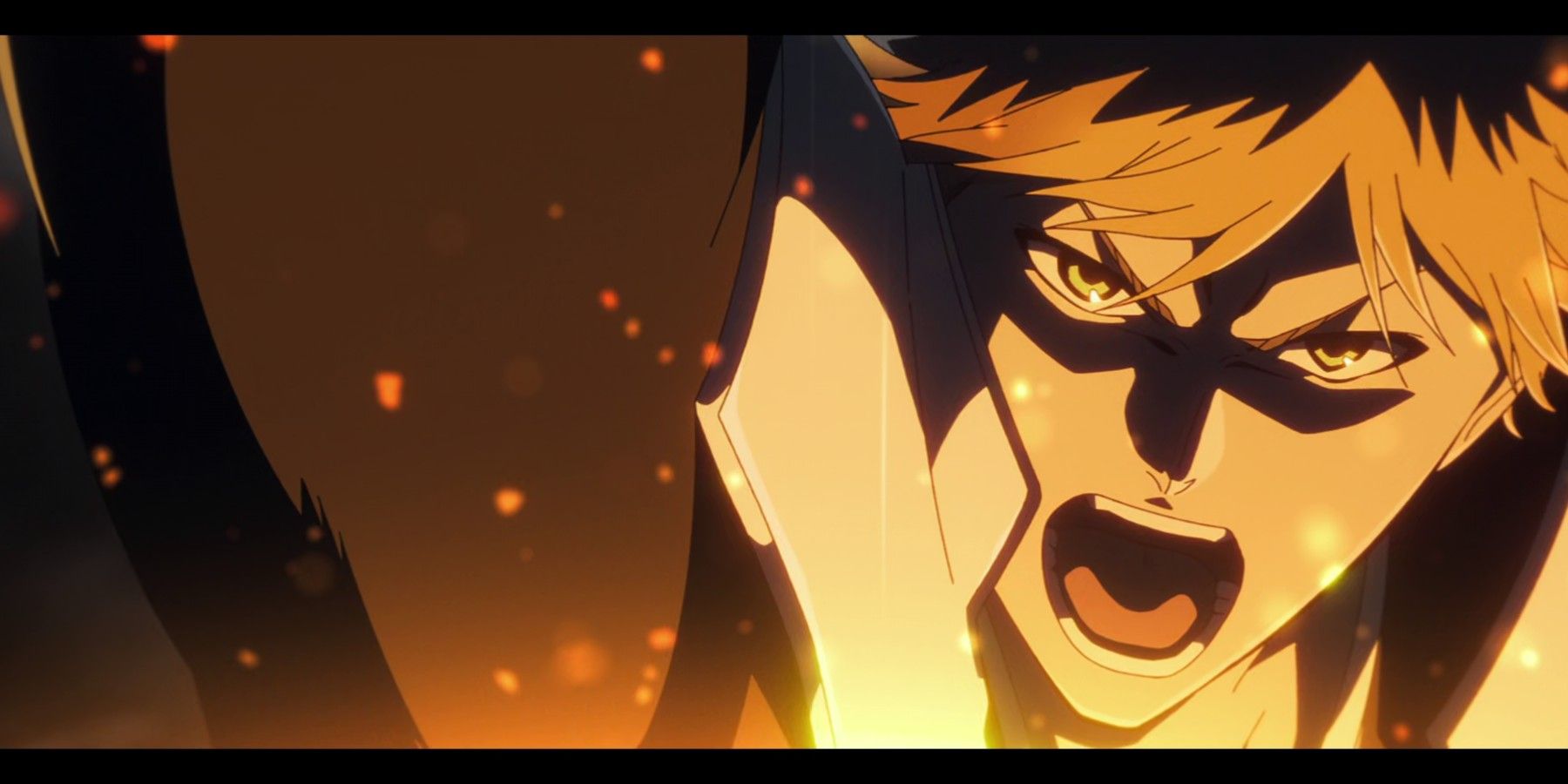
Summary
- Bleach Thousand Year Blood War marks the greatest anime comeback, obtaining record-breaking audience and reviews.
- The decline of Bleach in the mid-2000s led to rumors of its cancellation, but in truth, the anime was put on hiatus.
- The return of Bleach through the Thousand-Year Blood War anime adaptation has led to a resurgence in merchandise, new content, and a dedicated fanbase.
Having just completed part three, it’s clear that the Bleach Thousand Year Blood War has undeniably emerged as an incredible comeback tale within the realm of anime. For a decade, it was often ridiculed in the anime community, with countless negative videos and posts flooding online, and a tarnished reputation due to certain unsavory incidents. Yet, here we stand, witnessing its triumphant breakthrough, shattering audience and review records within the anime world.
Tite Kubo has once again solidified his status as one of the most outstanding manga artists of the present day, and his work is now being widely recognized for its Hall of Fame-worthy quality. Let’s delve into the turbulent 10 years that Bleach endured, culminating in the powerful resurgence of its main character. Here’s why Bleach boasts the most impressive comeback ever witnessed within anime.
One of the Big 3
A Challenged Fact
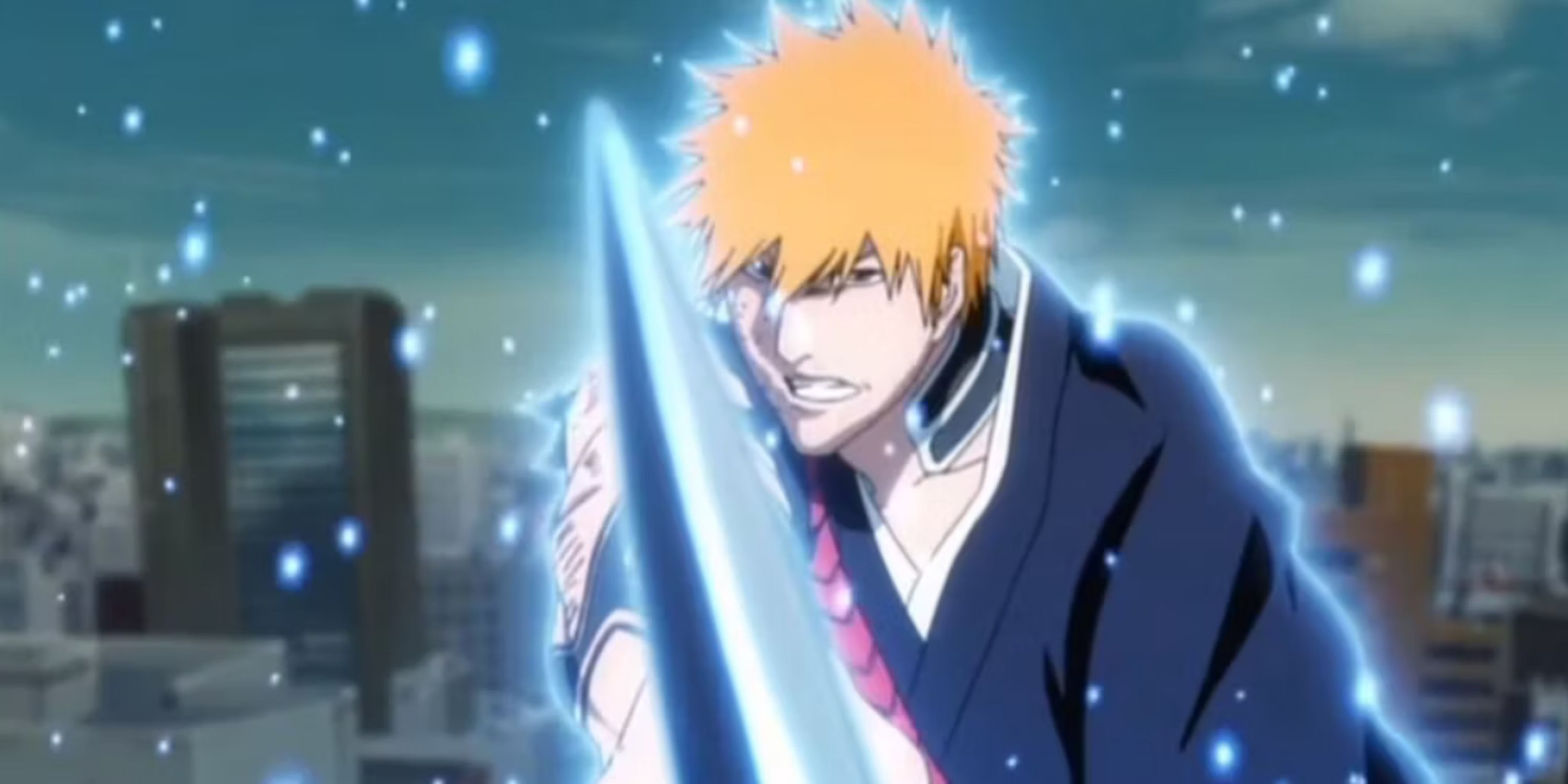
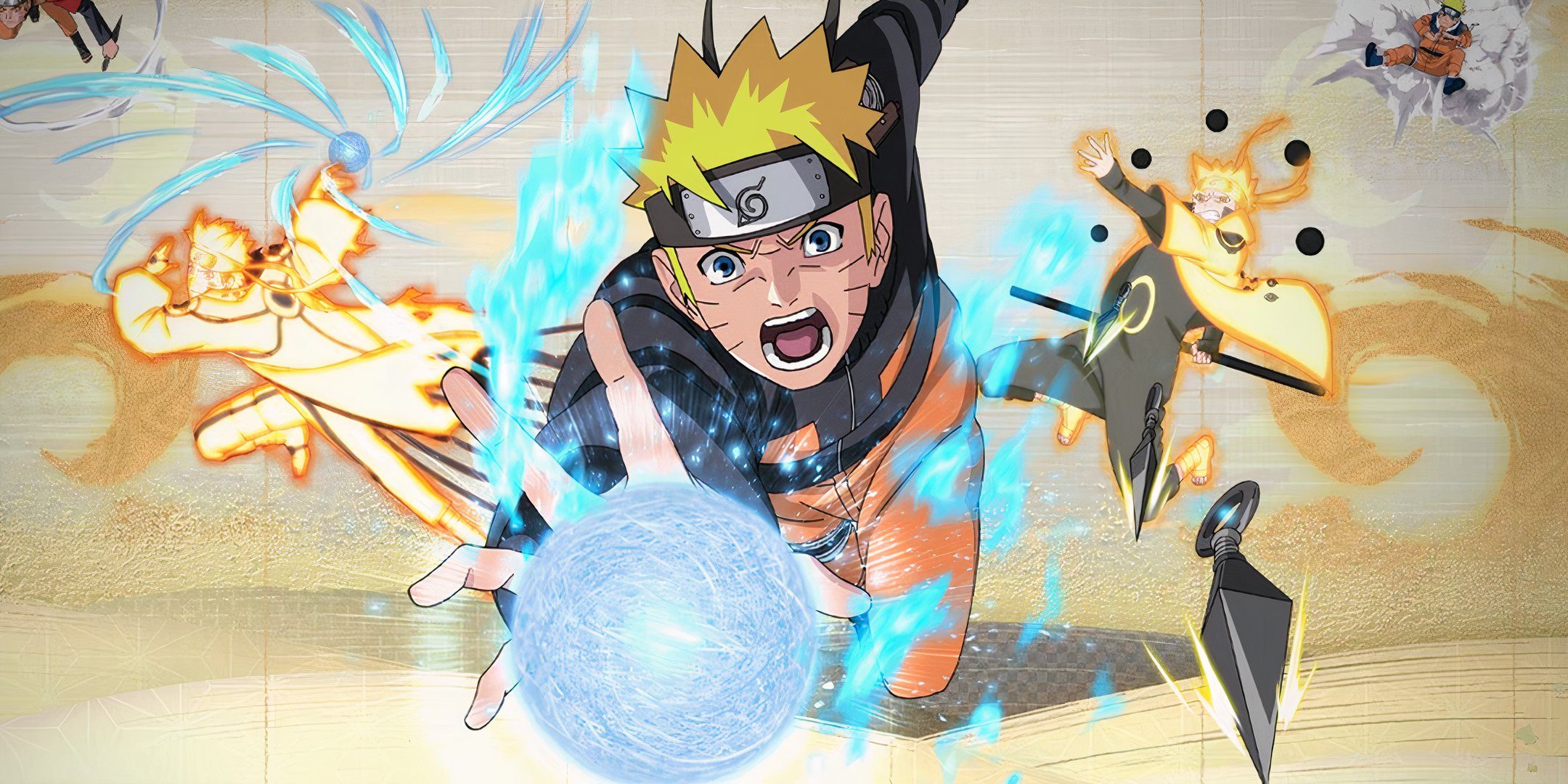
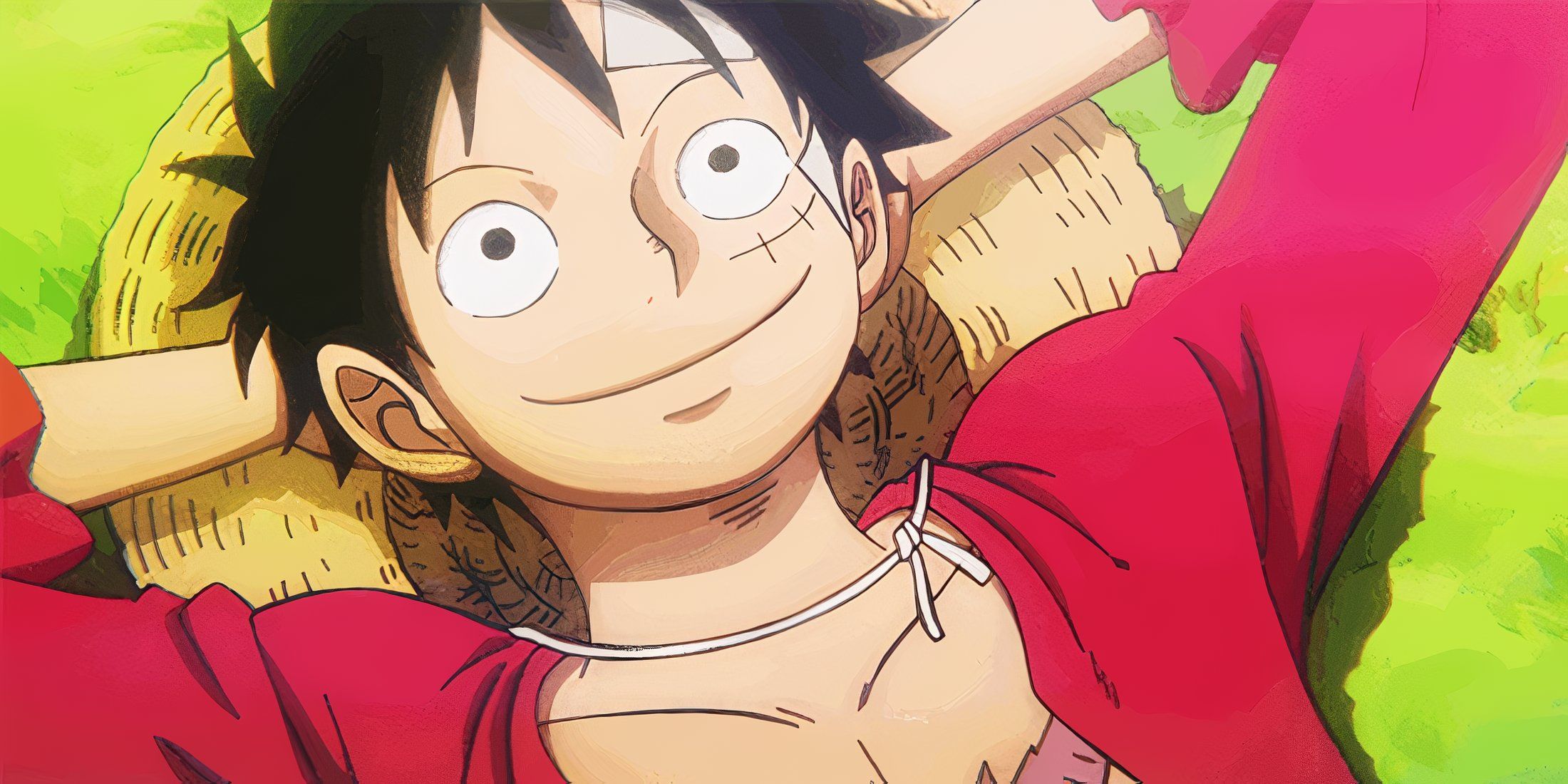
Back in the mid-2000s, I found myself immersed in a trio of phenomenal series that had taken the West by storm – One Piece, Naruto, and Bleach. These were collectively known as “The Big 3,” a moniker that aptly reflected their unparalleled dominance and immense popularity within the Shōnen Jump magazine and the broader anime community. For over a decade, these three manga reigned supreme in the magazine and the overall anime world, captivating millions of fans worldwide. These series have undeniably shaped what we now recognize as the anime community. Many of us who were teenagers back then grew up with one or more of these series, and today, we continue to follow them, alongside other series that have emerged in their wake. The Big 3 paved the way for the anime and manga community as we know it today. Interestingly, it’s no secret that contemporary series like My Hero Academia, Black Clover, Jujutsu Kaisen, and others have been significantly influenced by these three titans of the genre.
In the late 2000s and early 2010s, Bleach’s fame began to gradually wane compared to other Shōnen Jump manga. Despite leading sales, it found itself lagging behind its fellow series. This trend coincided with a dip in the anime’s quality, which increasingly relied on filler episodes that lasted longer. Compared to One Piece and Naruto, Bleach’s Arrancar arc was frequently disrupted by these fillers. This led many fans in the western community to perceive Bleach as faltering, while its peers continued to thrive.
Eventually, the Bleach anime took a break because the Fullbring arc had wrapped up in the animation, but the subsequent arc, Thousand-Year Blood War, was just beginning in the manga. Instead of continuing with filler arcs, Studio Pierrot chose to halt production on the anime temporarily. This decision was due to concerns about the quality of the show, as the ratings had been affected by these filler arcs.
Meanwhile, author Tite Kubo started experiencing health issues, which caused his condition to worsen over time. This period of uncertainty led some fans to speculate that the anime had been canceled rather than just going on hiatus. They pointed to the decreasing sales and the excessive use of filler arcs in the show as proof that Bleach had lost its popularity, or “fallen off”.
The ongoing Thousand-Year Blood War arc in the Bleach manga showed signs of deterioration as it unfolded. Storylines were hastily resolved, characters were sidelined, and the backdrop art became increasingly sparse with Kubo choosing to use more white space. Although Kubo explained that the empty spaces served an artistic purpose to highlight characters’ emotions, other issues may have stemmed from his worsening health. This perceived decline in the manga and conclusion of the anime sparked a movement among fans of One Piece and Naruto, who argued that Bleach no longer belonged in the “Big 3” and that Dragon Ball had taken its place.
Over time, a YouTuber known as Super Eyepatch Wolf published a video called “The Fall of Bleach,” in which he chronicled what appeared to be the series’ downfall and harshly criticized both the manga and the anime. The video spread numerous falsehoods and myths about the Bleach series, and due to his large following and platform, it became the embodiment of the backlash against Bleach. This video was refuted and criticized by many Bleach YouTubers who remained loyal to the series and exposed the inaccuracies and uninformed perspective presented in the video. However, Super Eyepatch Wolf’s video served as kindling for the growing dislike of Bleach that had already started. The reputation of Bleach suffered as more YouTubers and community leaders criticized the series, along with the apparent decline of the manga and absence of the anime. For years, both the series and its fans have faced ridicule online from fans of other anime series, primarily those in the Big 3.
The Return of Bleach
A Fan Base is Vindicated
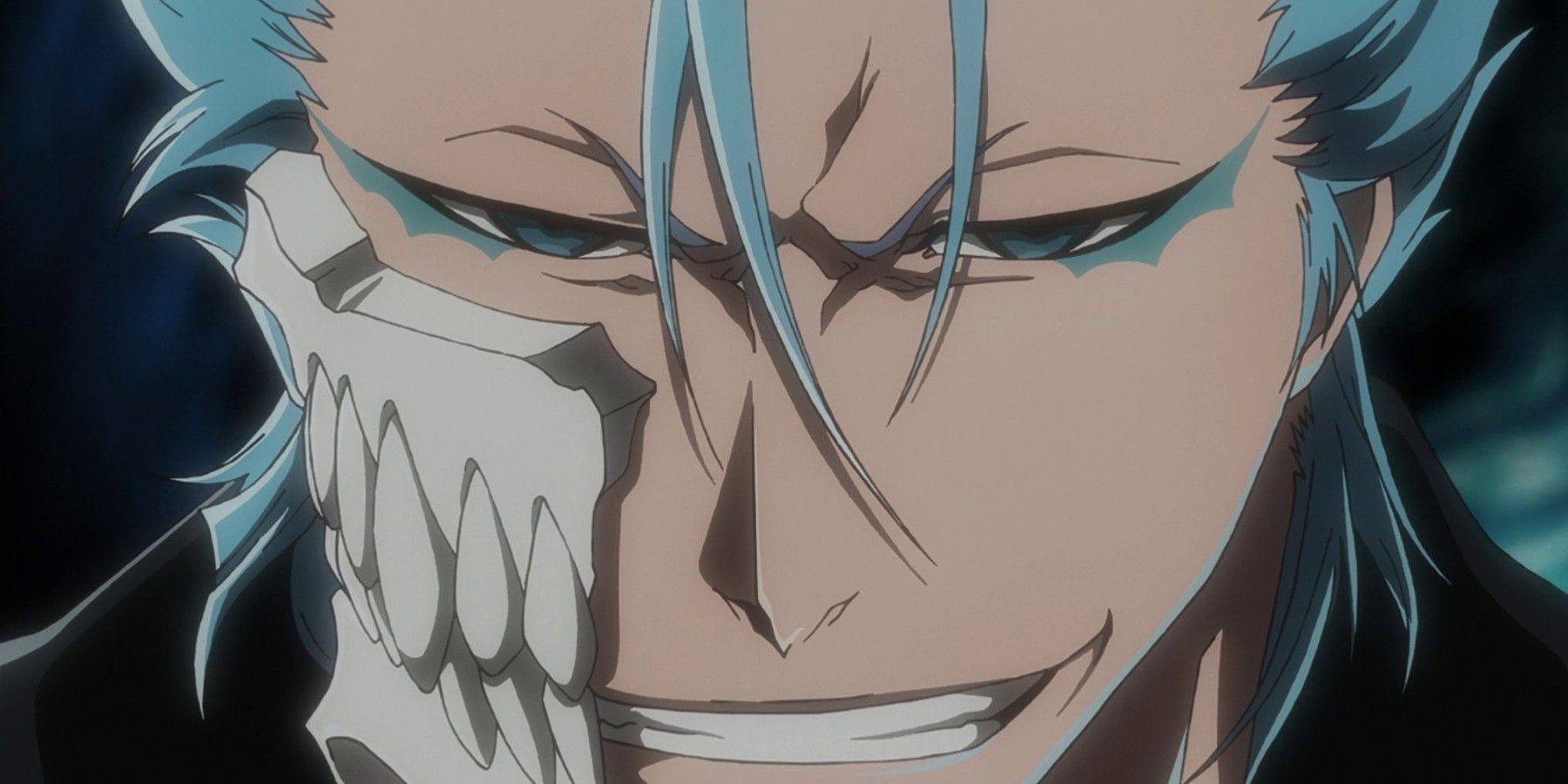
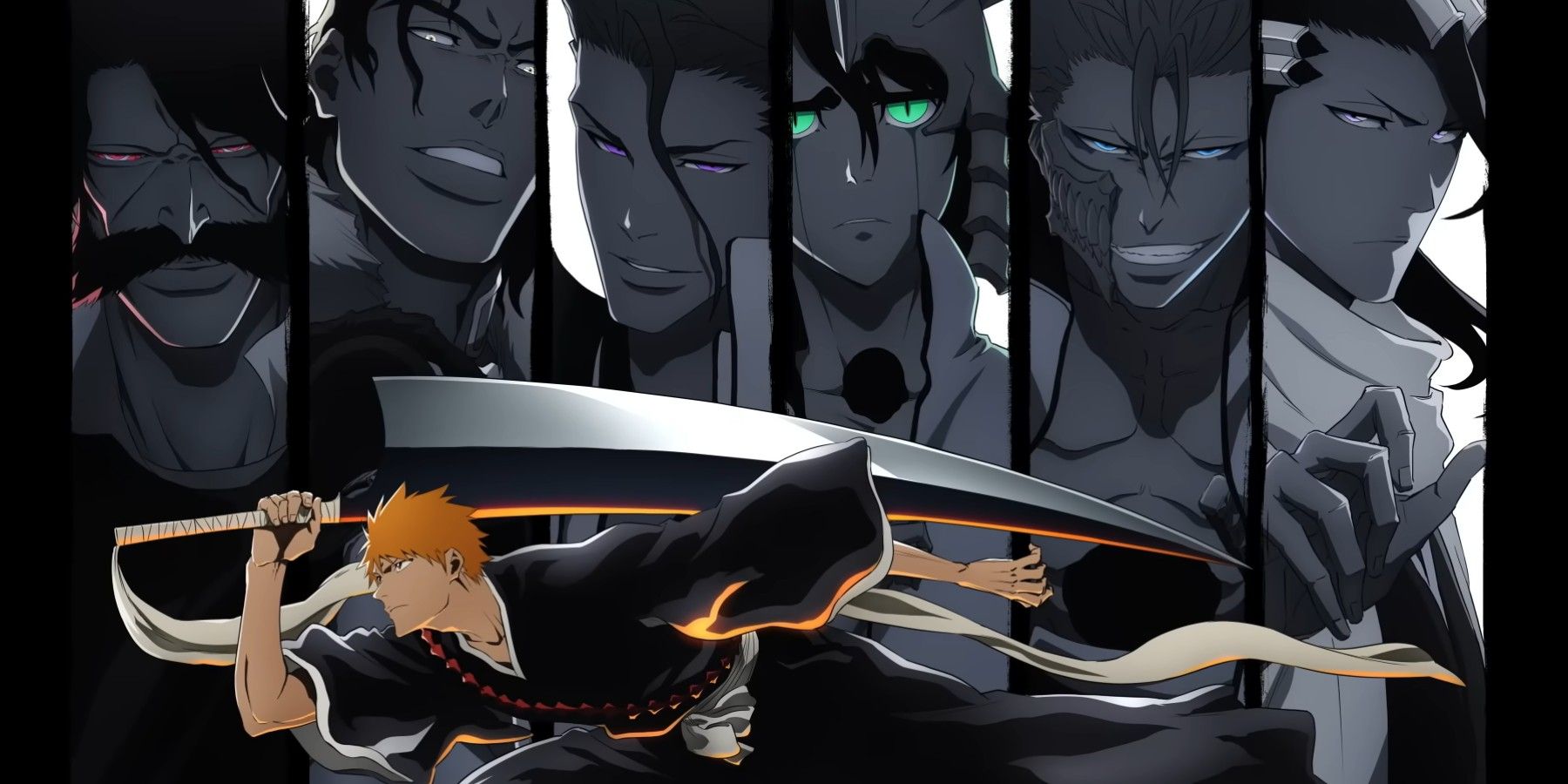
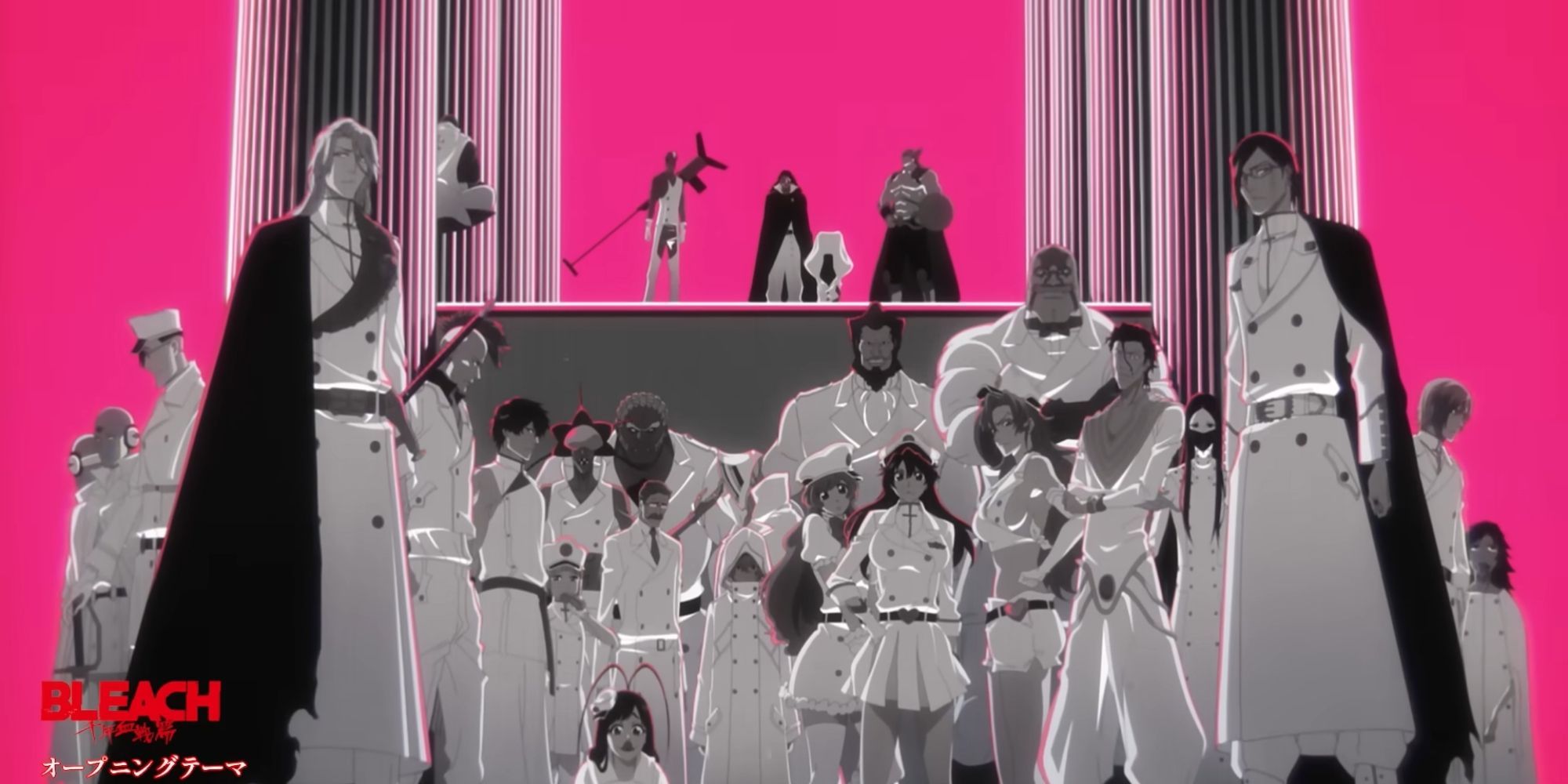
In approximately 2017 or 2018, whispers began circulating about a potential comeback of the Bleach animated series. The Bleach manga had concluded the previous year in 2016, receiving mixed responses. However, prominent Bleach YouTubers with inside information began discussing this possibility, sparking enthusiasm among fans worldwide. Meanwhile, the mobile game titled Bleach Brave Souls continued to thrive, indicating that the series boasted a substantial and devoted fanbase, as many similar games don’t enjoy such longevity as Bleach Brave Souls has endured.
Back in March 2020, during the live stream for the Bleach 20th anniversary project, the exciting news was shared that the Thousand-Year Blood War arc would indeed be adapted into an anime series, promising coverage of the entire storyline. This announcement sparked jubilant cheers and much speculation among Bleach fans worldwide. Fast forward to December 2021 at Jump Festa 22, a first teaser trailer for Bleach: Thousand-Year Blood War was unveiled, revealing the premiere date as October 2022. The anticipation had been fulfilled, and with its stunning trailer, it became clear that Bleach was coming back stronger than ever. Fans around the globe could finally breathe a sigh of relief.
Following subsequent announcements and interviews, fans gained access to an increasing amount of details about the upcoming anime, with several staff members also being revealed. The excitement grew as numerous industry veterans, boasting impressive resumes, were linked to the project. Tomohisa Taguchi served as the project leader, while Tite Kubo was confirmed to be deeply involved in the production. During a lively event, Fumiko Orikasa, the voice actress for Rukia Kuchiki, officially announced that the Bleach Thousand-Year Blood War anime had been approved for production in 2017, thus validating the rumors circulating at the time. Furthermore, this announcement confirmed that the anime was given the go-ahead as soon as the manga concluded, silencing doubters who believed the anime was canceled; instead, it was merely put on hold to allow Kubo enough time to complete the manga.
As a die-hard Bleach fan, I’ve been eagerly awaiting this adaptation to be as spectacular as we all envisioned. With each new trailer that dropped, my excitement grew, and finally on October 10, 2022, the first episode of Thousand-Year Blood War was unveiled. The response was overwhelmingly positive, with audiences raving about the exceptional directing and animation.
However, the subsequent episodes sparked concerns among fans due to a noticeable dip in quality. But then came episode six, The Fire, which may just have showcased one of the greatest fights in anime history. The highly anticipated battle between Head Captain Yamamoto and the Quincy king Yhwach was nothing short of breathtaking, with movie-like animation that took fans’ breath away. Since then, it’s been a smooth sailing experience for this anime.
Fans observed that numerous additional scenes were included in the anime, which was a result of Kubo’s active participation in the anime production. This allowed him to expand on the story he couldn’t fully tell in the manga due to health issues. As a result, viewers gained a richer understanding of the war and various plotlines that were further developed in the anime. The first part of Bleach: Thousand-Year Blood War was incredibly popular. Although it closely followed the manga, part two would introduce some intriguing alterations.
A Comeback Like No Other
The New Rise of Bleach
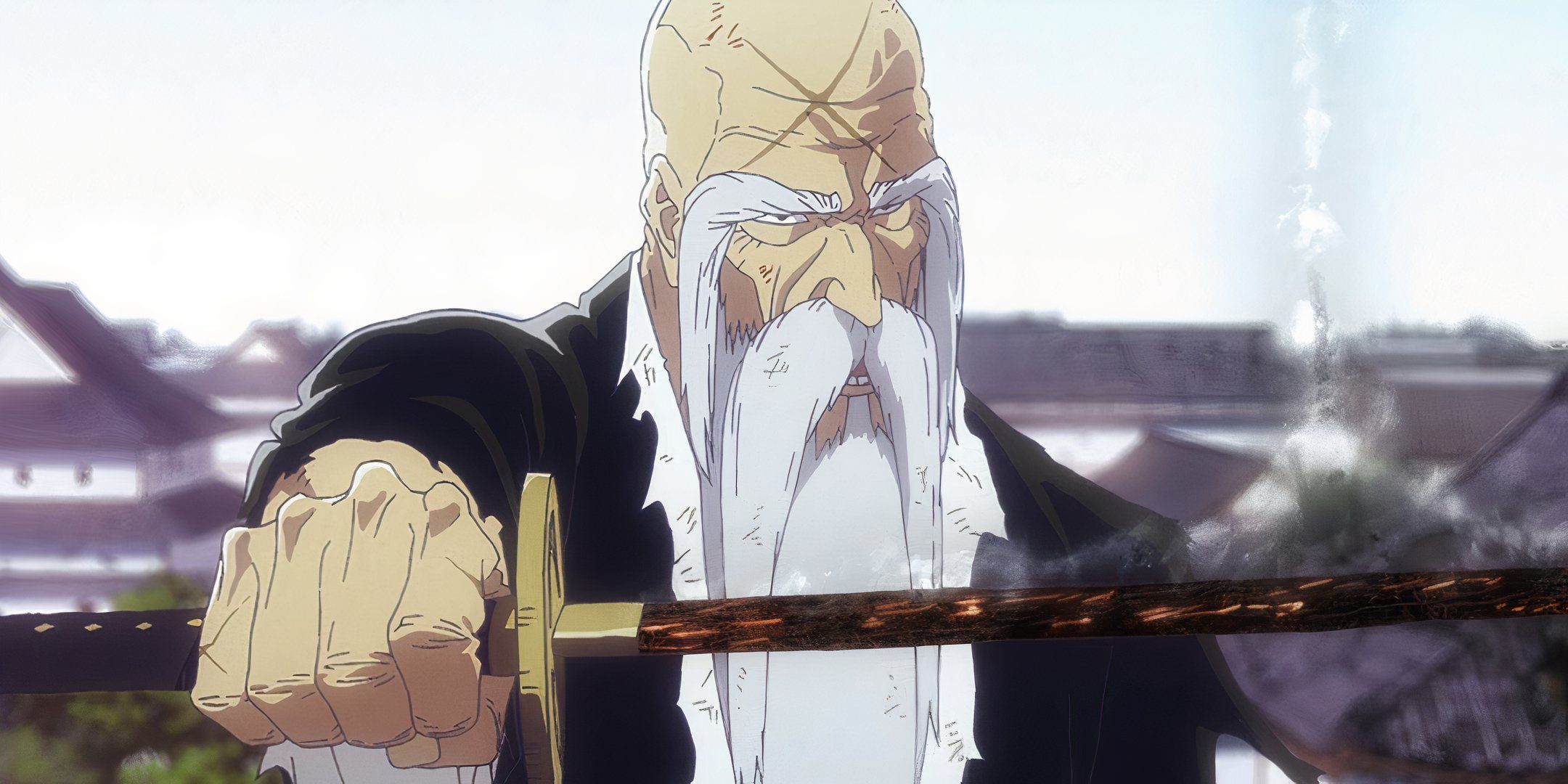
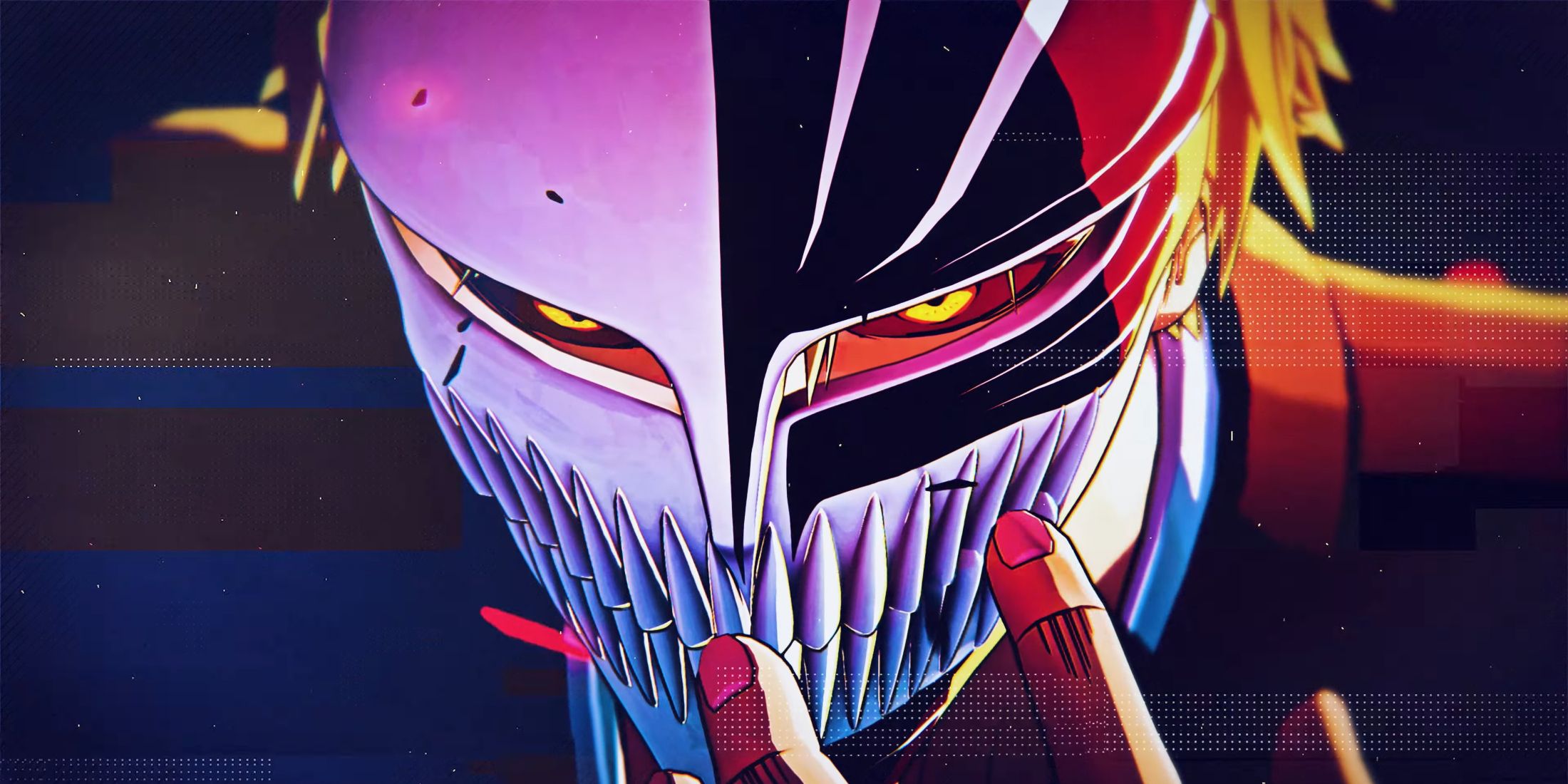
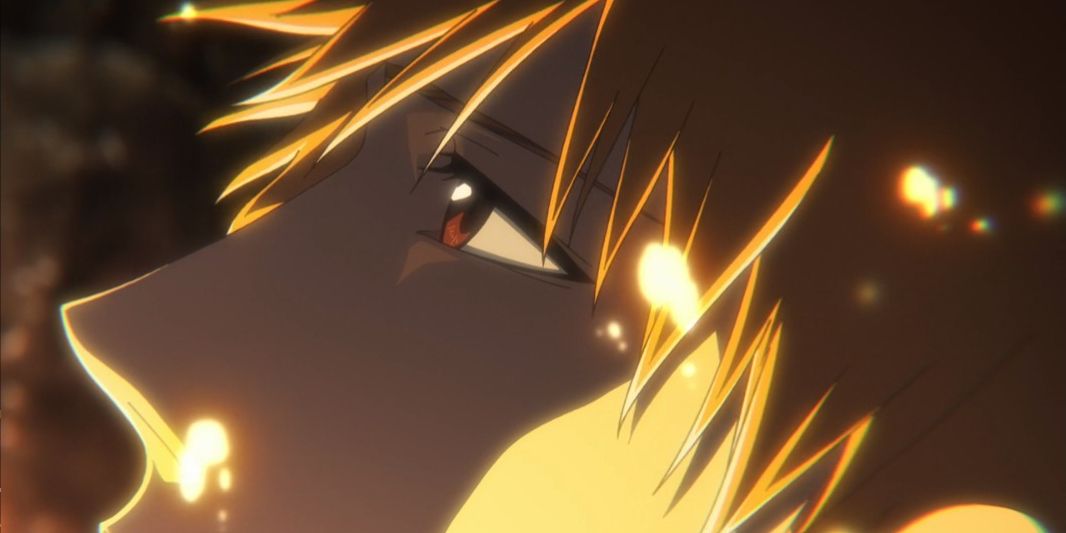
Once part one began grabbing attention, a flurry of events unfolded behind the scenes. An abundance of top-quality merchandise was introduced for public consumption. It wasn’t uncommon to find Ichigo or other Bleach symbols adorning billboards and buildings across Japan. The cultural impact of Bleach significantly expanded with this comeback, permeating various aspects of society. Concurrently, the new anime’s release drew in millions who wanted to be a part of the cultural wave, thereby earning millions of fresh admirers for the franchise.
After the second part of Bleach: Thousand-Year Blood War was released, fans eagerly awaited how Squad Zero would be portrayed in the anime. In the manga, Squad Zero were depicted as soul reapers of an exceptionally high level, but this wasn’t fully realized as they were defeated by the Quincy Royal Guard offscreen. However, when that fight finally made it to the anime, viewers were thrilled to discover not only was the battle accurately displayed, but it was significantly expanded and included numerous new aspects that hadn’t been there before. The entire confrontation was transformed, now featuring Squad Zero engaging in a fierce struggle against the Royal Guard, culminating in the stunning unveiling of Senjumaru Shutara’s Bankai.
In the series, it became clear that Senjumaru stood out as the strongest female warrior, bolstered by this recent update. Interestingly, not all Bankais shown in the anime were present in the original manga, and Senjumaru’s wasn’t an exception. Shinji Hirako’s Bankai also debuted in the anime, generating excitement among ardent fans of his character while fueling optimism about the Visoreds’ destiny. Another character who received considerable attention was Uryuu Ishida, Ichigo’s close friend. Initially, Uryuu’s role and participation in the war left many fans dissatisfied. However, the anime provided him with numerous new scenes that offered promise for improved treatment of such a pivotal character.
In contrast to just the anime, the excitement didn’t stop there. At Anime Expo 2020, it was announced that a new Bleach game for consoles and PCs, titled “Bleach Rebirth of Souls,” would be released after a 13-year hiatus. This 3D fighting game follows the storyline of the series from its beginning up to the end of the Arrancar Arc. Unlike other disappointing arena fighters in anime adaptations, Bleach Rebirth of Souls has impressed audiences with its intricate and nuanced combat system, stunning graphics, and unique style. Since the last console game, Soul Resurrección for the PS3, fans have only had mobile game Bleach Brave Souls to satisfy their Bleach gaming cravings. However, when a release date was announced and pre-orders became available on the PlayStation store, all three editions quickly dominated pre-order charts, outperforming highly anticipated games like Capcom’s Monster Hunter Wilds. Bleach Rebirth of Souls is not only a significant return for Bleach in the gaming world but also has garnered immense anticipation from both fans and content creators alike.
The latest update is undeniably the debut of Bleach Thousand-Year Blood War, Part 3 – The Conflict, an adaptation encompassing the initial phase of the Wahr Welt Arc. Right from the get-go in its early episodes, this anime has established itself as the definitive version, surpassing the original manga. An abundance of fresh data and combat sequences have been incorporated, providing a comprehensive portrayal of the struggle between soul reapers and Quincy. Key details such as the Soul King’s name, the primary antagonist’s intentions, and a genuine confrontation between Ichigo and Uryuu, along with Uryuu’s Quincy Vollständig, underscore this version’s authenticity and completeness in portraying the arc.
In simple terms, Part Three of Bleach’s Thousand Year Blood War has been widely acclaimed with ratings exceeding 9/10 on platforms like IMDb, demonstrating that this adaptation is not just popular but also exceptionally well-crafted. The anime has made a strong comeback under the guidance of its original author, offering a more polished and expansive portrayal of the story. Merchandise sales for the series have surged dramatically, introducing the narrative to countless new fans. A highly anticipated console game is set for release in March 2025. Essentially, Bleach Thousand Year Blood War represents the resurgence of a titanic anime force, stronger and more impactful than ever before, validating the loyalty of millions who have long declared their love for Bleach.
Read More
- Unlock the Ultimate Arsenal: Mastering Loadouts in Assassin’s Creed Shadows
- REPO: How To Fix Client Timeout
- 10 Characters You Won’t Believe Are Coming Back in the Next God of War
- Unaware Atelier Master: New Trailer Reveals April 2025 Fantasy Adventure!
- Unlock Wild Cookie Makeovers with Shroomie Shenanigans Event Guide in Cookie Run: Kingdom!
- 8 Best Souls-Like Games With Co-op
- BTC PREDICTION. BTC cryptocurrency
- All Balatro Cheats (Developer Debug Menu)
- How to Reach 80,000M in Dead Rails
- Top 8 UFC 5 Perks Every Fighter Should Use
2025-01-19 23:34